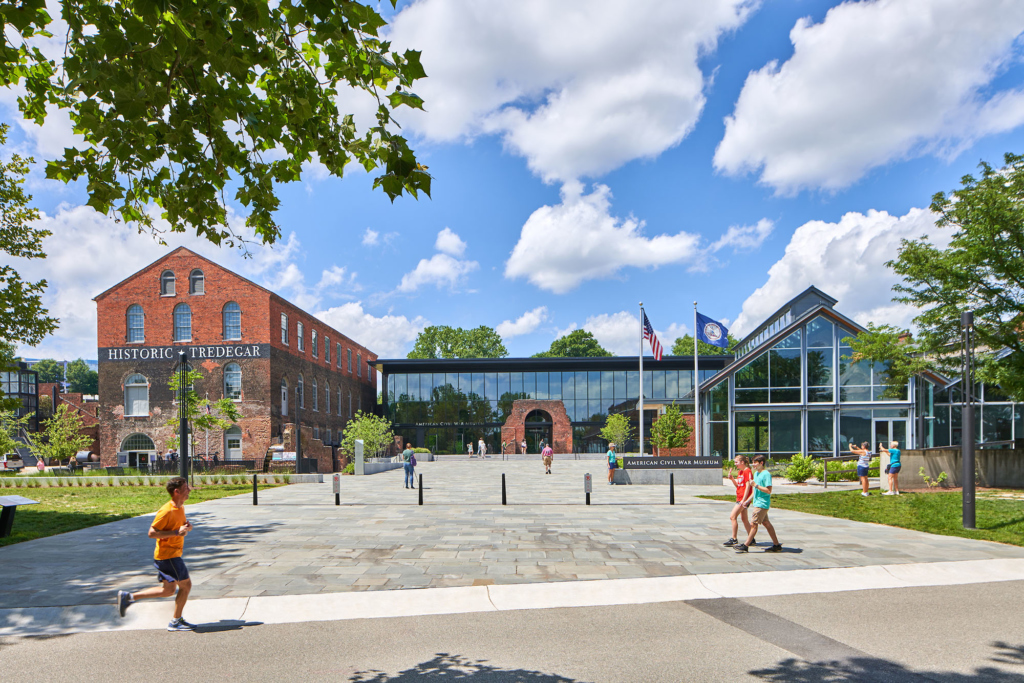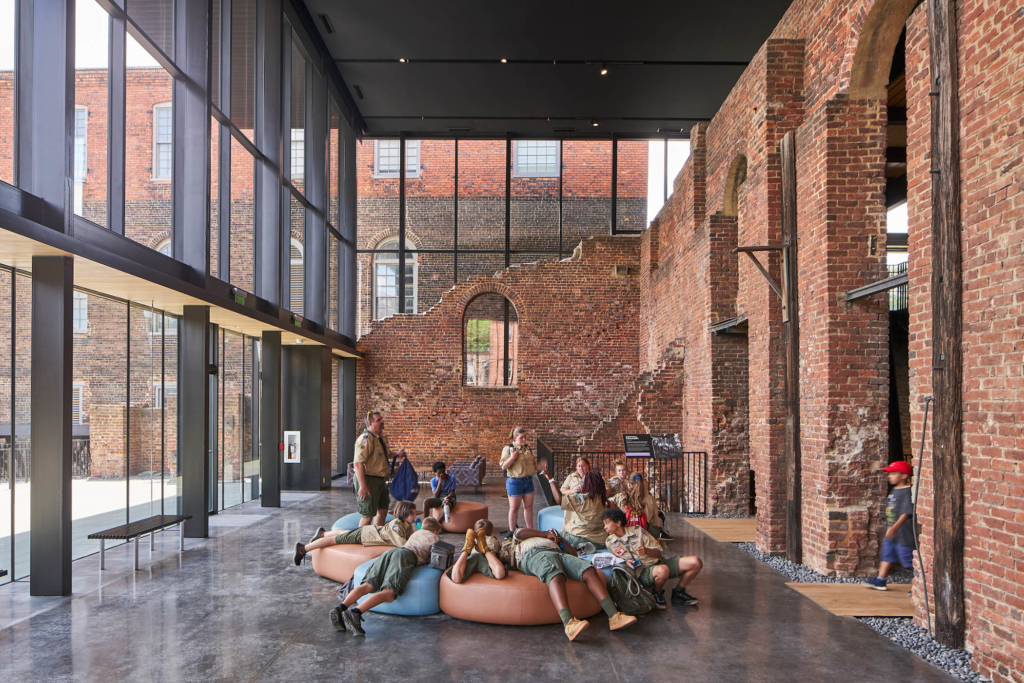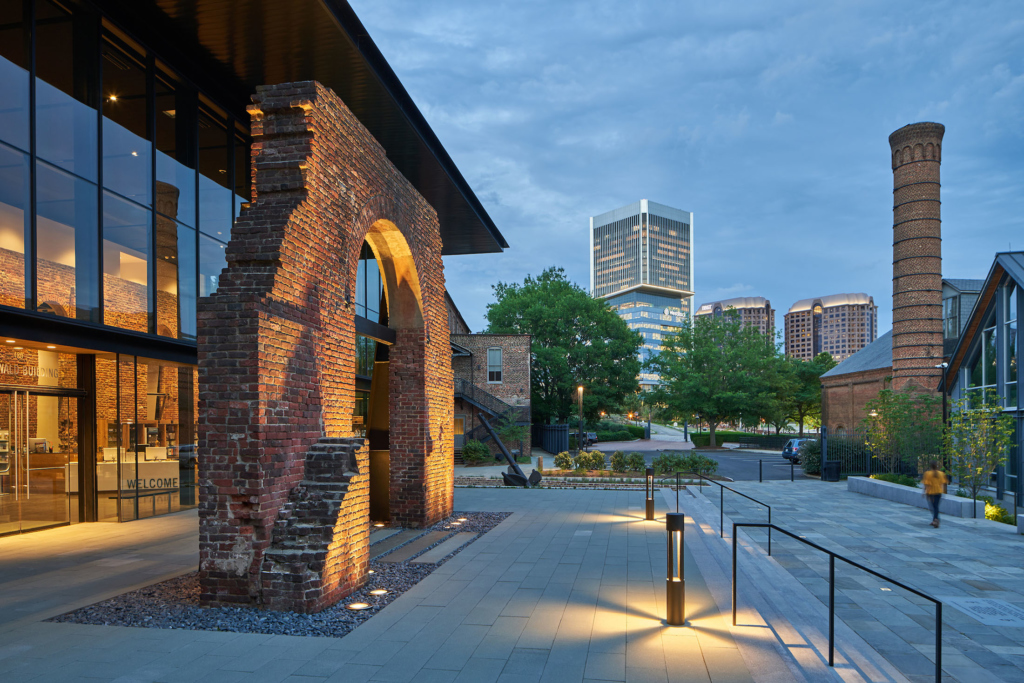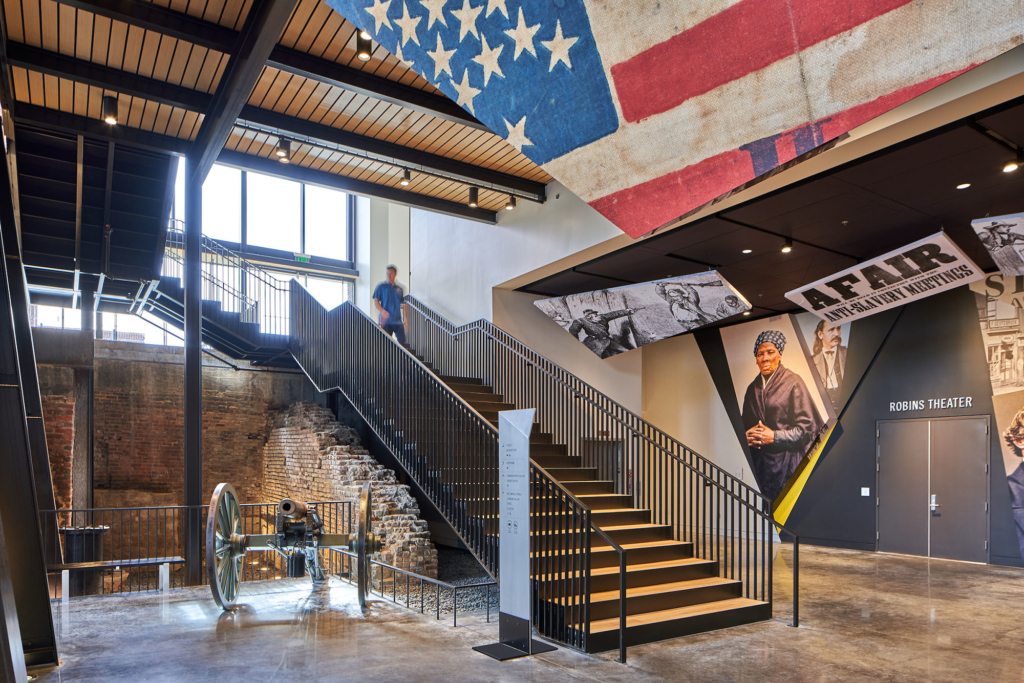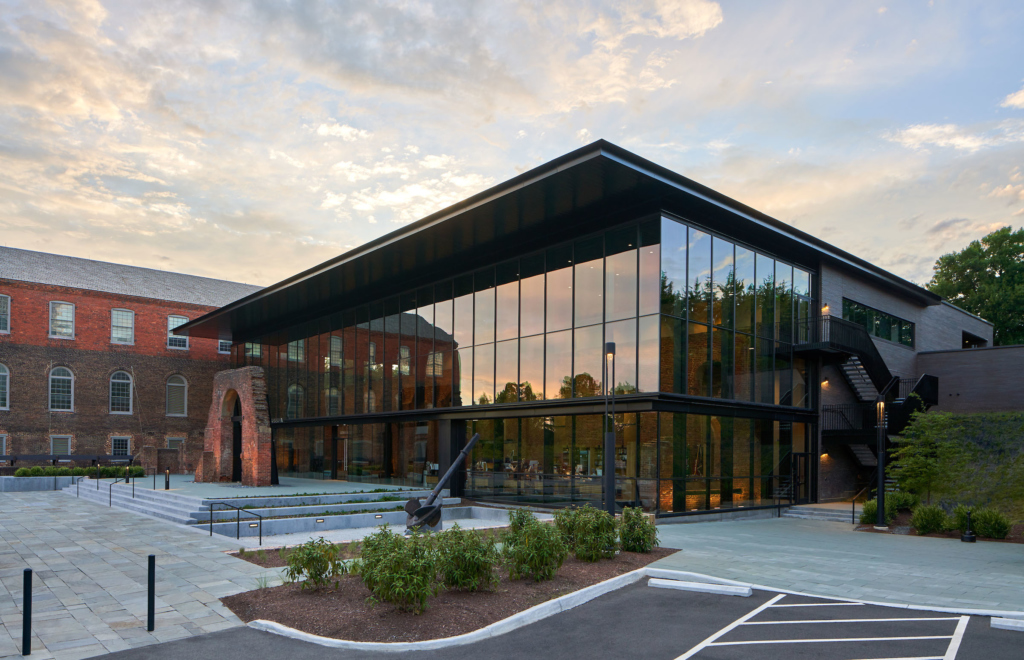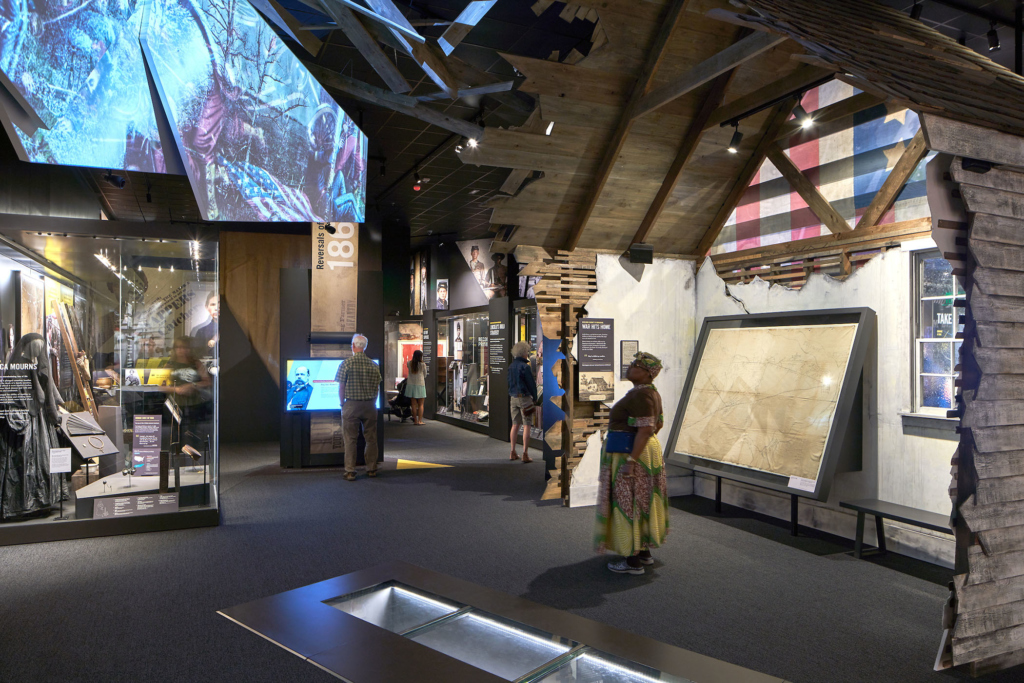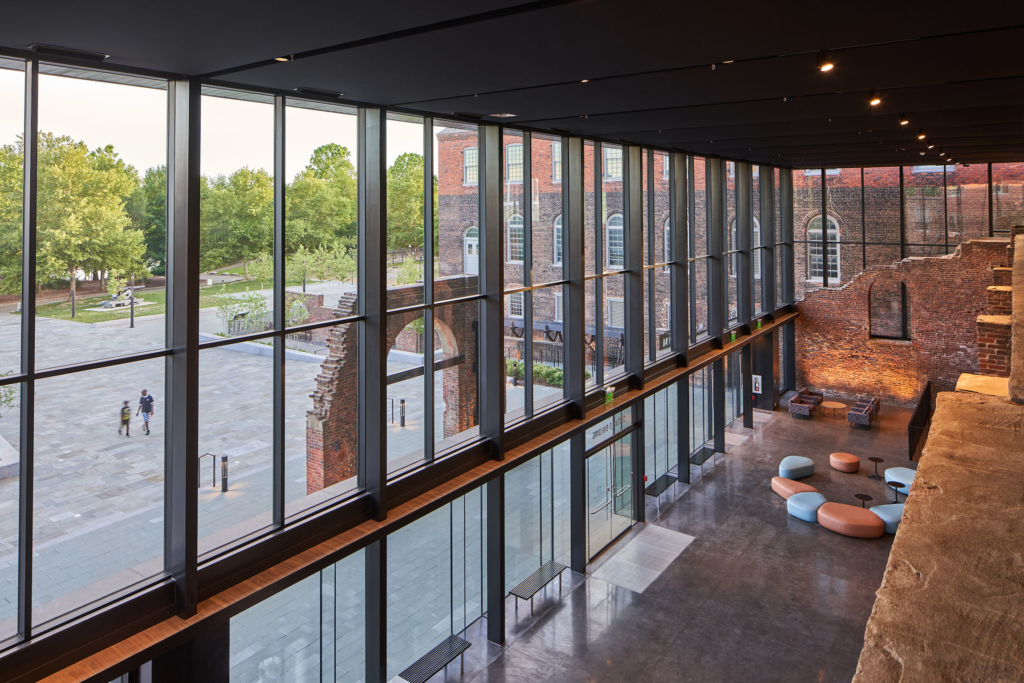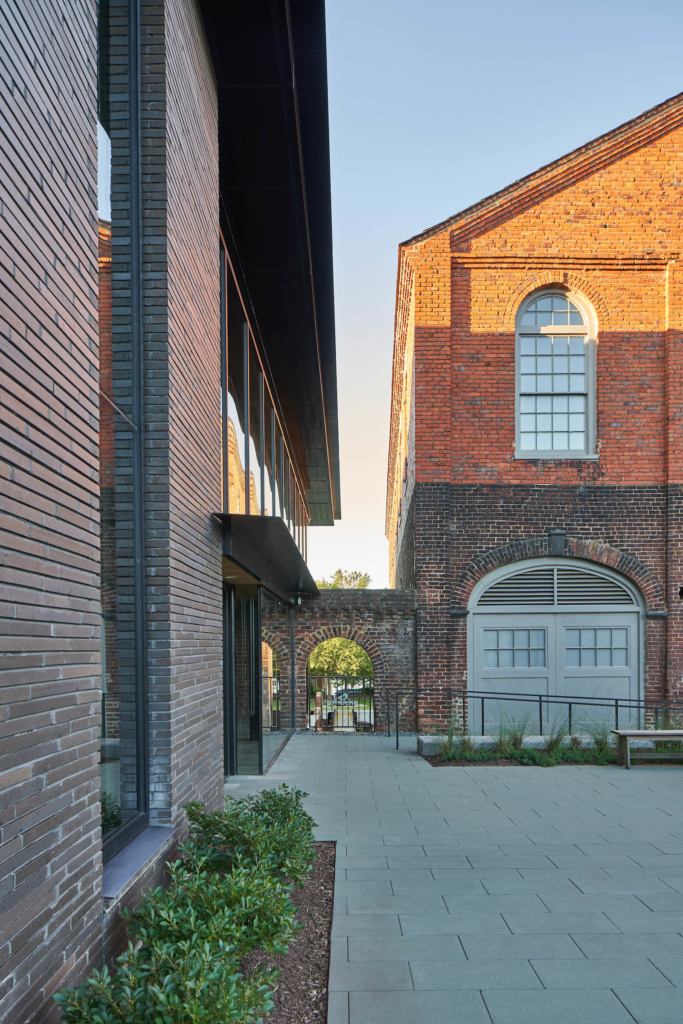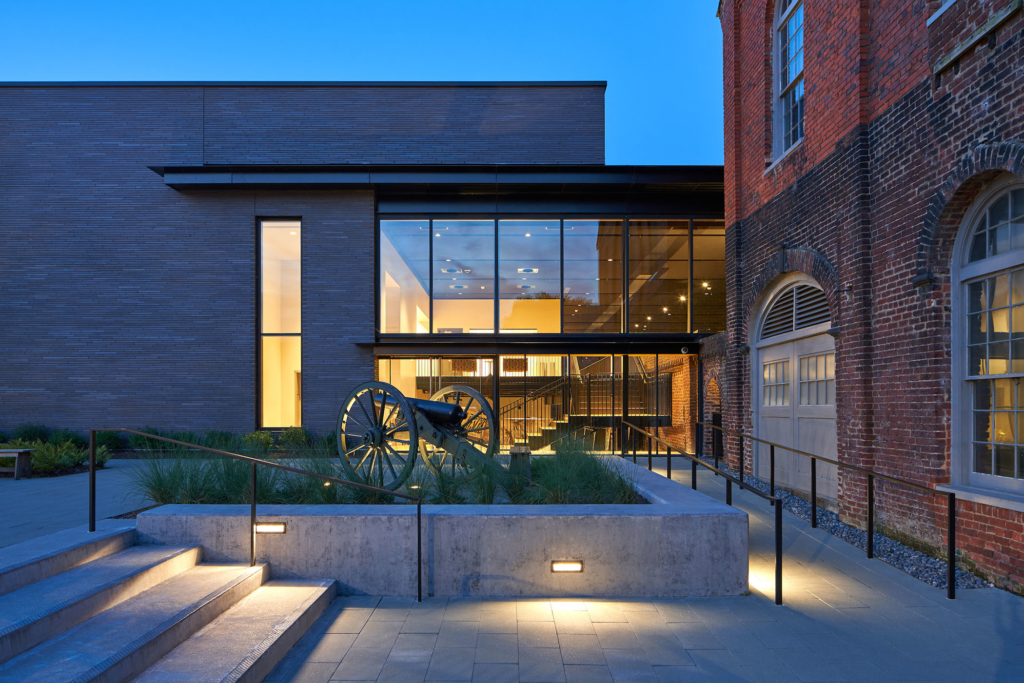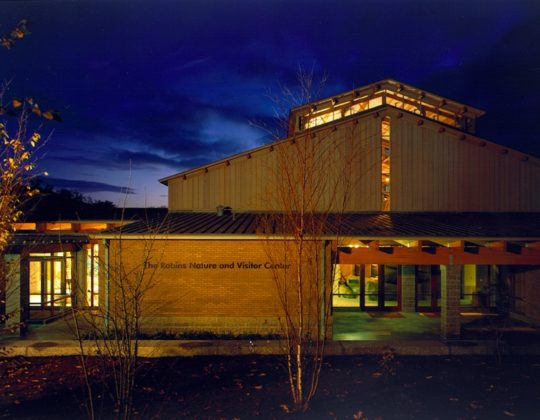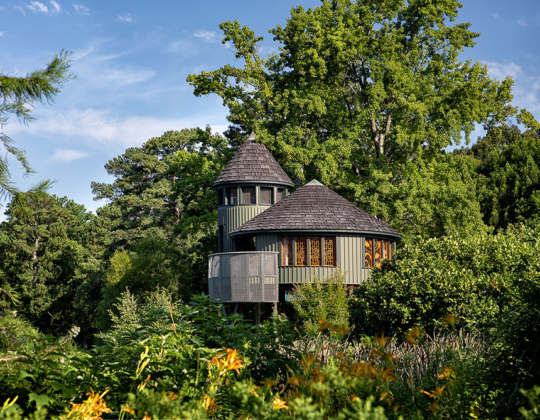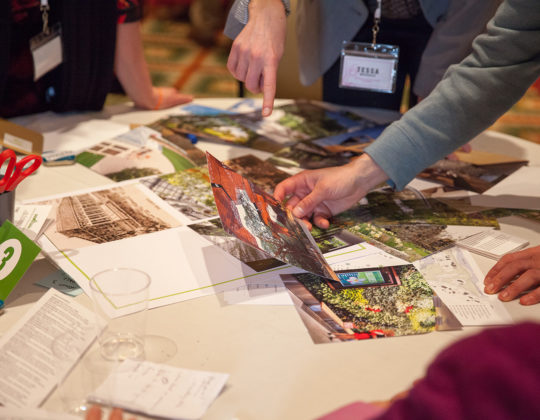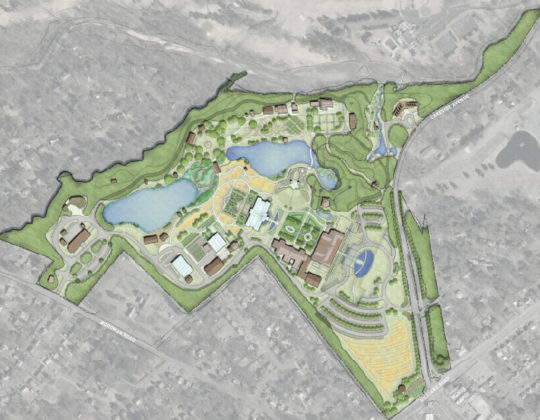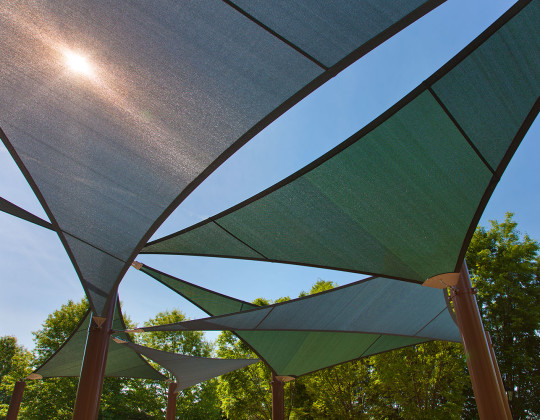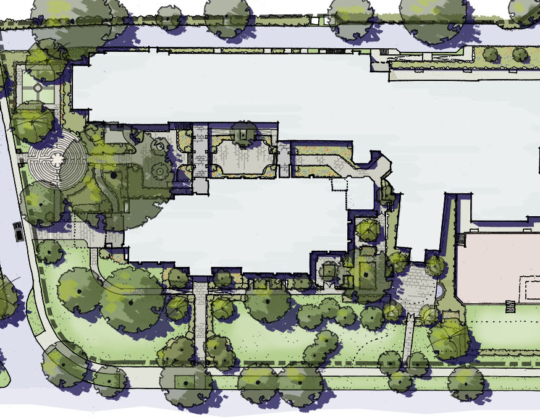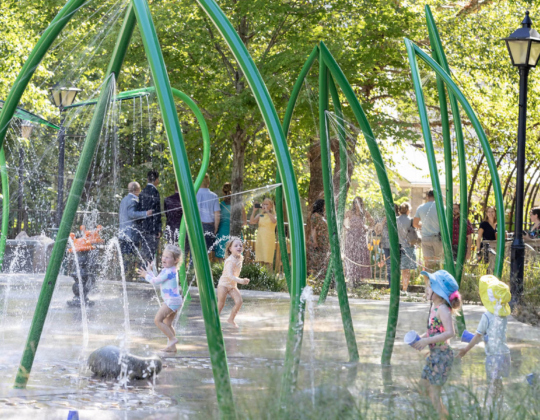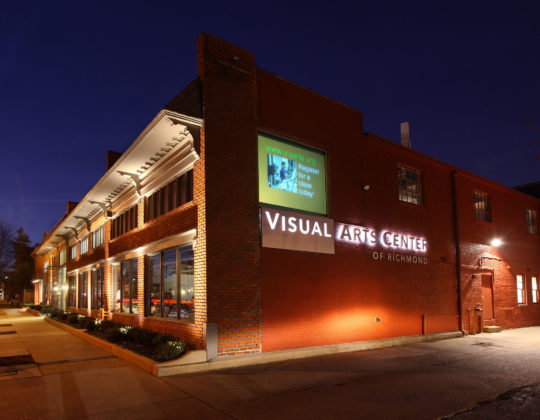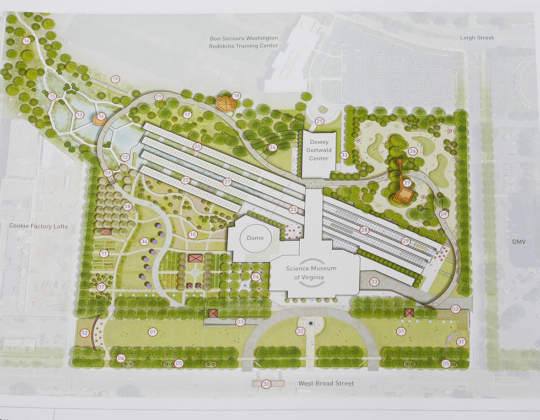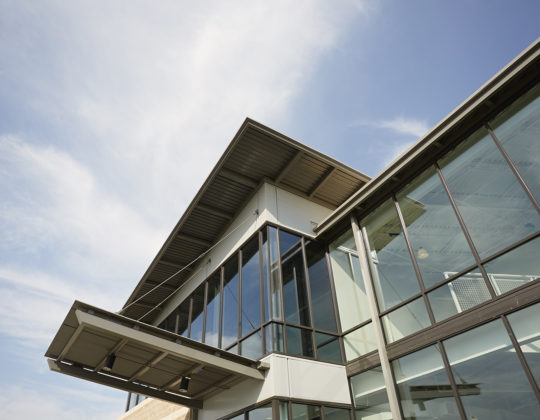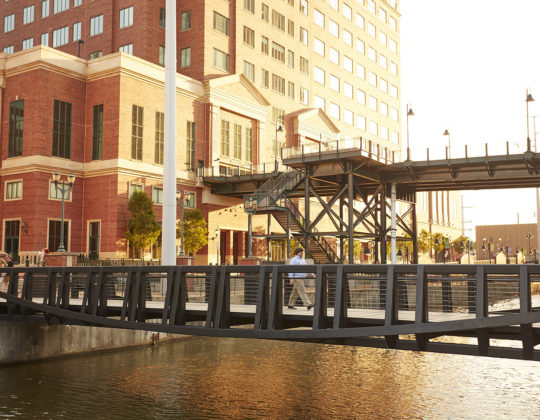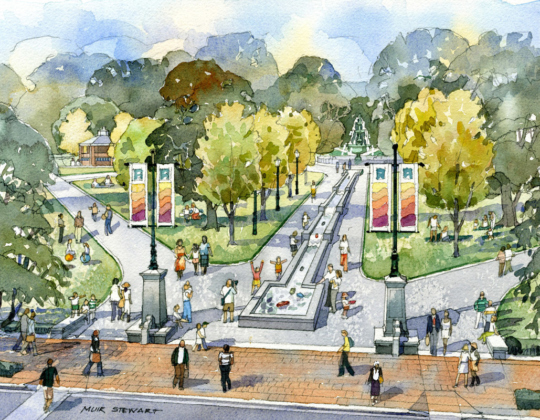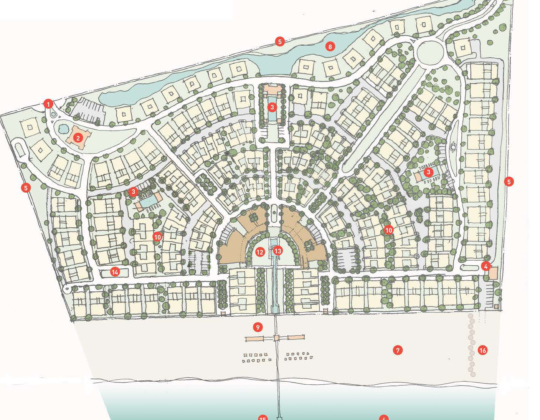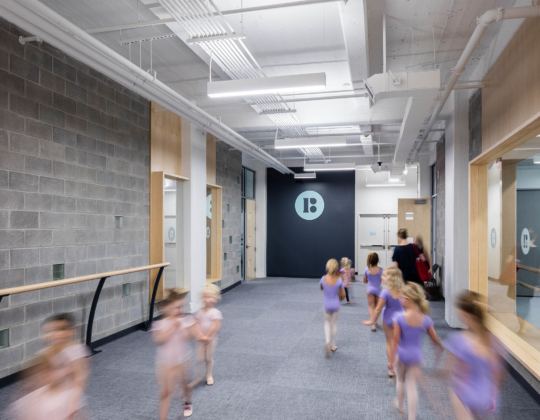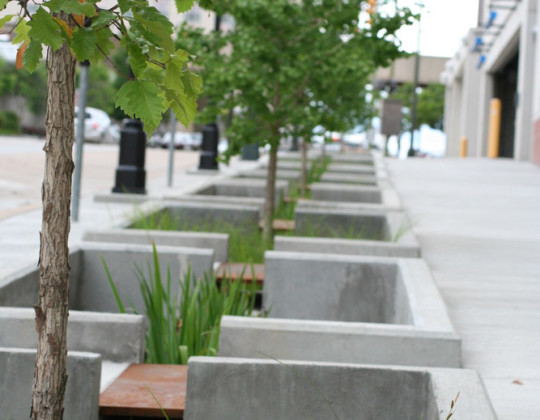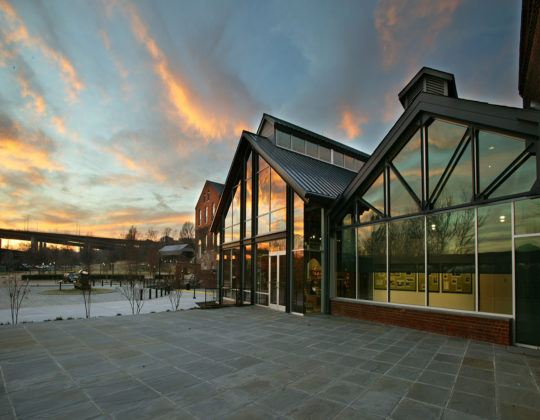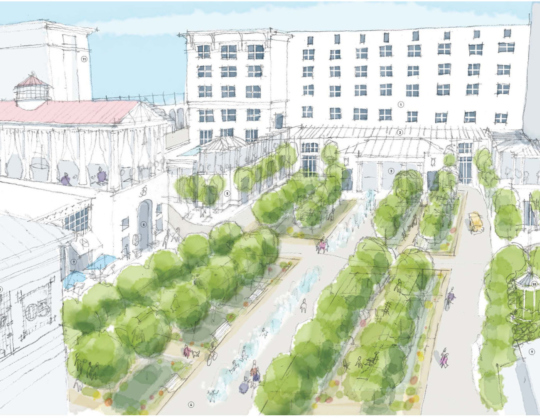Process
Following their recent merger with the Museum of the Confederacy, the expanded American Civil War Museum facility provides a new face for the organization’s updated mission while also consolidating collections and housing new exhibits. The 30,000 sf brick and glass building, located in the heart of the historic Tredegar Ironworks campus, is sited to provide connectivity between the museum’s existing buildings while also serving as a welcoming centerpiece for visitors to the museum’s campus. Most striking is the glass encasement of a ruin wall from an original Iron Works building, forming the defining feature of the main lobby and creating a visible icon from Tredegar Street.
The new wing of the museum houses two galleries – one permanent and one rotating – an experience theater, and storage of the museum’s collection, which was previously located offsite. A new main plaza off Tredegar Street creates an improved and accessible entry experience for guests while also raising the ground level of the museum above the James River floodplain.
The lobby’s interior is defined by the existing ruin wall. It serves as a grand reception space, enabling visitors to get a close look at the historic ruin, and acts as a gentle delineation between public space and paid exhibits. The architecture, both inside and out, takes on a deferential role to the existing ruins, acting much like a vitrine to highlight the beauty of what is already there.
